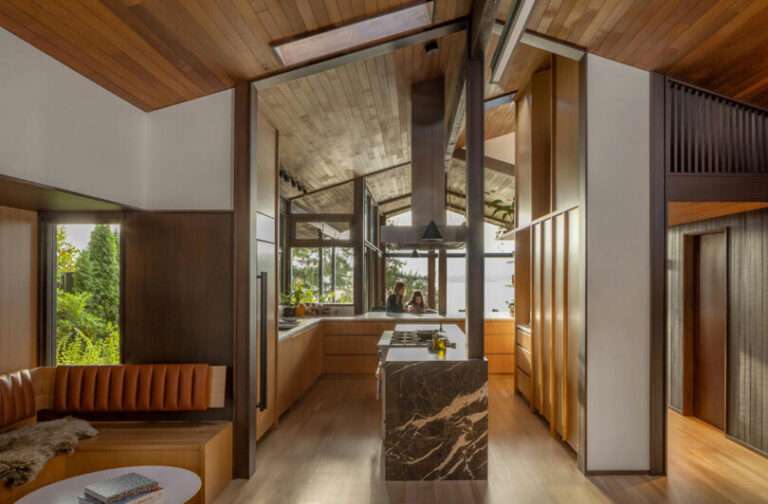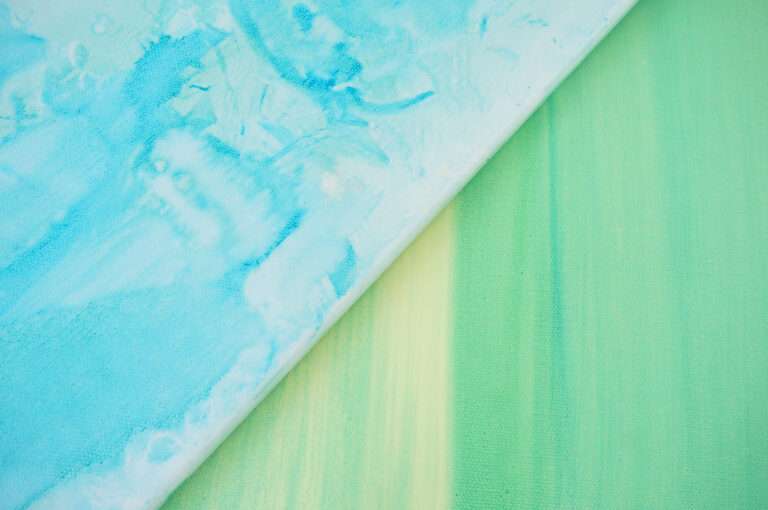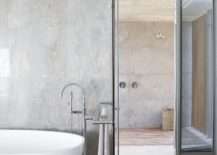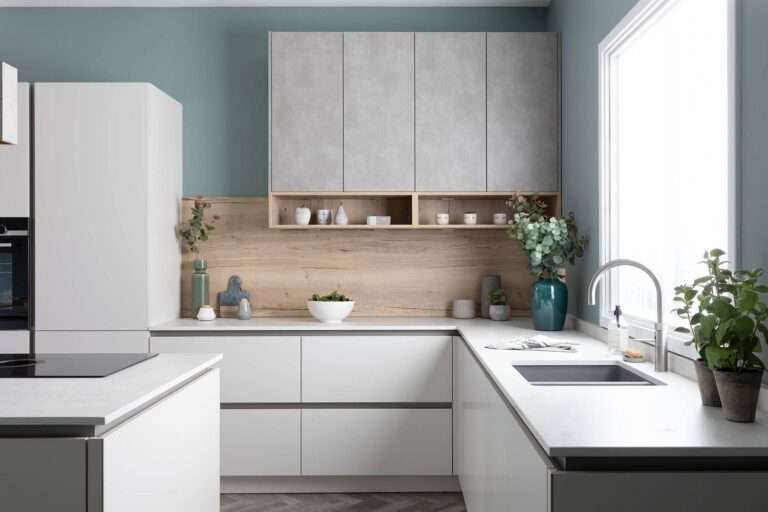A new prefab home builder is offering a DIY options at an affordable price. There have been a lot of new modular home builders entering the market lately and it’s exciting to see all the new options available. In this video I look at Salty Builds, a new prefab home builder with structures at a variety of price points and completion. Watch and learn more about salty builds, a company offering a new line of offsite constructed homes and cabins.
Apply for a Rocket Visa Card today: https://rocketcard.sjv.io/kerry
Check out Salty Builds: https://www.saltybuilds.com.au/home
Subscribe for more!
Add me on instagram: https://www.instagram.com/kerrytarnow/?hl=en
_______________________________________
MY GEAR
Saxx Ginch (must have IMO)
https://amzn.to/3OuVo4R
Flip Flops
https://amzn.to/3OrhjtB
Neewar Ring Light
https://amzn.to/3OsFg3I
Rode MIC
https://amzn.to/3BLN49b
DJI OSMO Phone Gimbal
https://amzn.to/3WqfT4G
AMAZON STOREFRONT NOW OPEN:
https://www.amazon.com/shop/kerrytarnow
Beginning your Amazon shopping experience from my storefront provides you with an easy way to support the channel with no additional cost to you. Thank you for the support.
*all content on this YouTube channel reflects my own person opinion and should not be taken as legal advice or investment advice. Please seek out the guidance of trained and licensed individuals before making any decisions. Some of the links that appear on this video are from companies which Kerry Tarnow will earn an affiliate commission.




